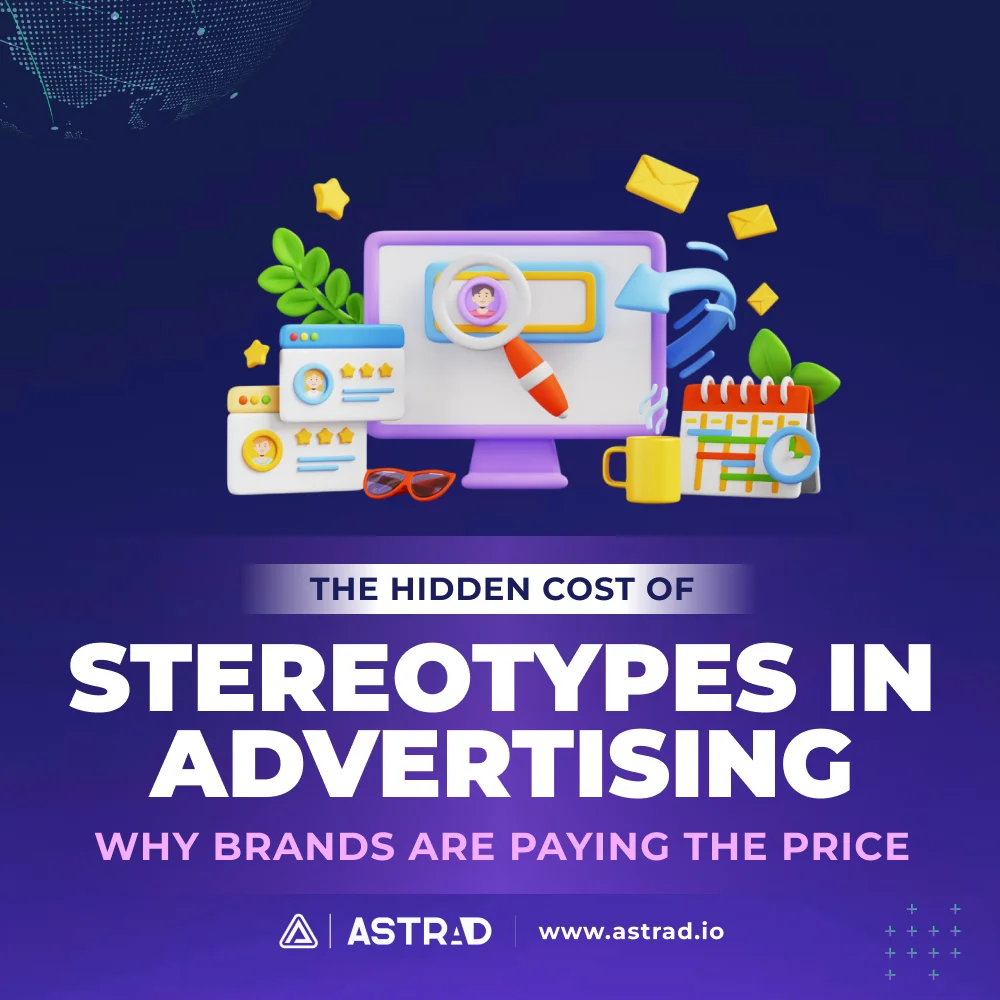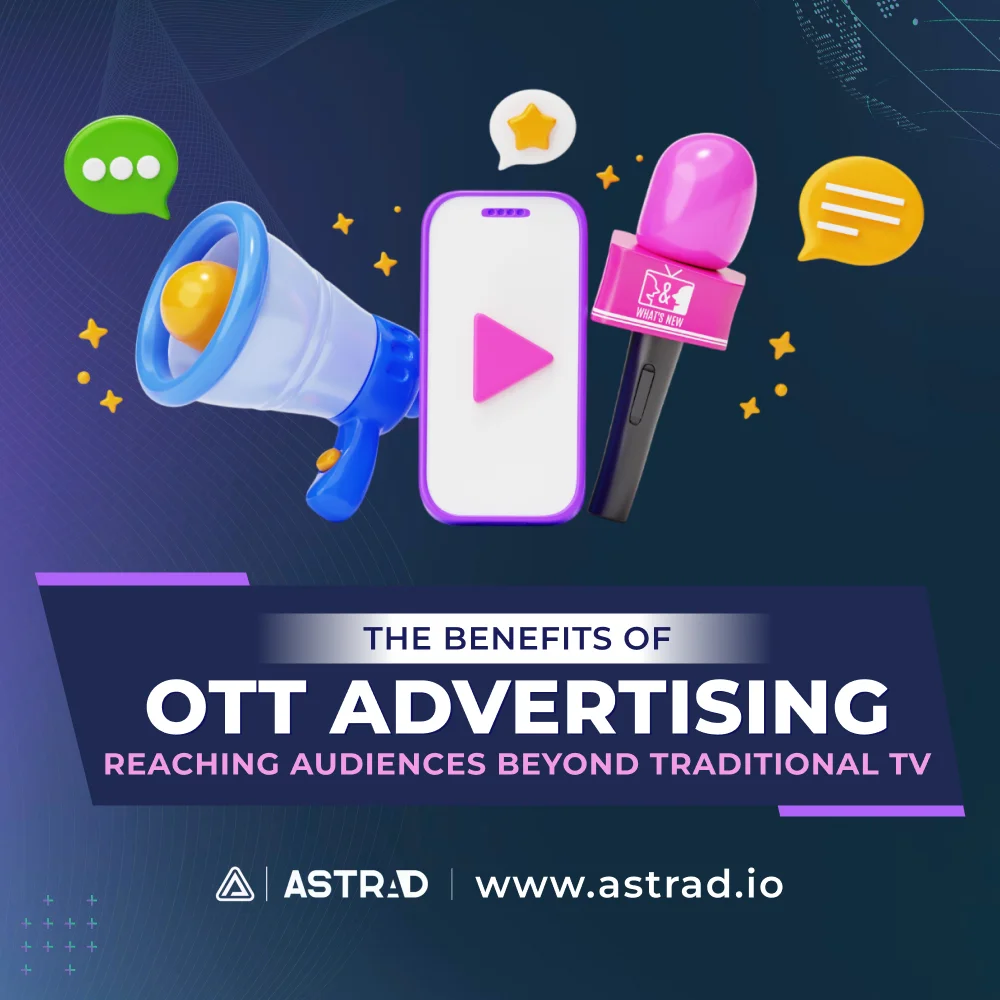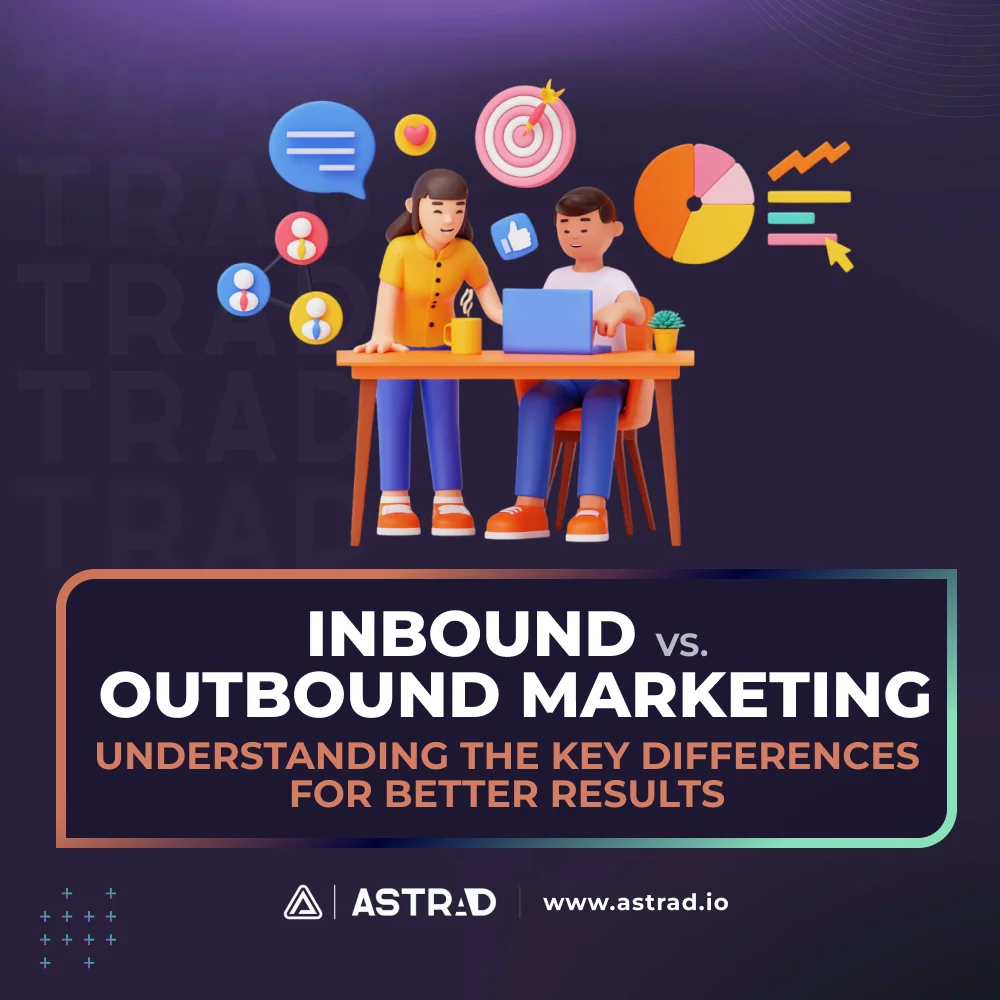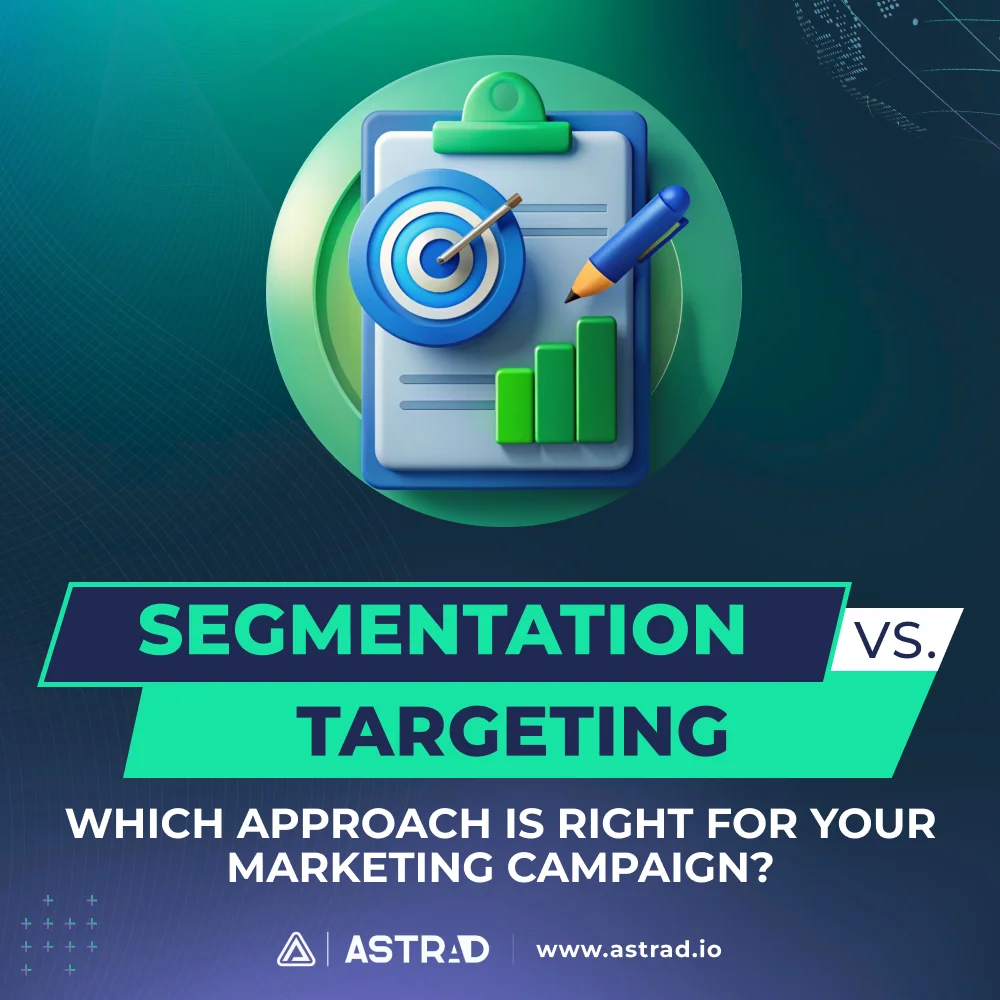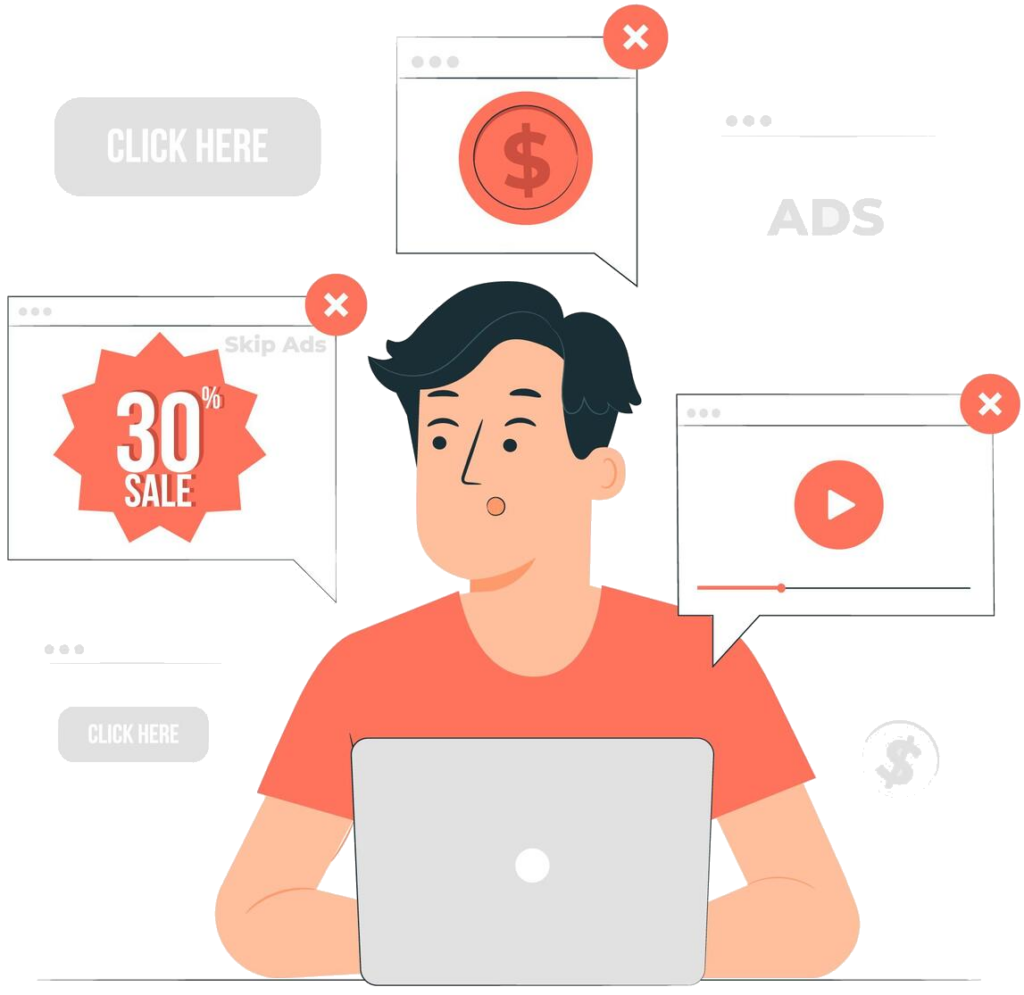Remember when ads showed dads as bumbling idiots who couldn’t figure out how to use a washing machine? Or when every cleaning product commercial featured a perfectly manicured housewife beaming with joy over her sparkling kitchen? Those days feel like ancient history now, but the damage lingers like a bad smell that won’t wash out.
Today’s consumers aren’t just buying products—they’re buying into brands that reflect their values. And when brands rely on tired stereotypes to sell everything from cars to cornflakes, they’re not just lazy—they’re expensive mistakes waiting to happen. The bill for these outdated tactics is coming due, and it’s written in lost customers, damaged reputations, and missed opportunities.
The era of getting away with stereotypical shortcuts is over. Brands that haven’t gotten the memo are discovering that what used to be standard practice is now a fast track to public relations nightmares and bottom-line disasters.
Understanding Stereotypes in Advertising and Their Appeal
Stereotypes in advertising work like mental shortcuts—they help viewers quickly understand a message without much thinking required. A businessman in a suit automatically signals success and authority. A teenager with earbuds suggests rebellion and independence. These visual cues have been the bread and butter of advertising for decades because they’re efficient, recognizable, and require zero explanation.
The problem is that efficiency doesn’t equal accuracy, and what seems harmless on the surface often reinforces damaging assumptions about entire groups of people. When brands consistently show women obsessing over cleaning products or men avoiding emotional conversations, they’re not just selling products—they’re selling ideas about how people should behave.
The Psychology Behind Why Advertisers Use Sterotyping
The human brain loves patterns and predictability. When we see familiar stereotypes, our brains can process the information quickly and move on to the actual sales message. This cognitive shortcut, called heuristic processing, is exactly why advertising and stereotyping became such close companions in the first place.
Advertisers discovered that stereotypes work like universal translators—they communicate complex ideas about identity, status, and desire in seconds rather than minutes. A luxury car ad doesn’t need to explain why success matters; it just shows a well-dressed executive behind the wheel, and viewers fill in the rest of the story themselves.
But this psychological efficiency comes with a massive hidden cost. While stereotypes help some people quickly understand messages, they simultaneously exclude, misrepresent, or offend others. What works as a shortcut for some becomes a roadblock for many.
Common Types of Advertisement Stereotypes That Persist
Despite increased awareness, certain stereotypical patterns continue showing up across industries and media channels, often because they feel “safe” or “proven” to nervous executives.
- Gender stereotypes remain particularly stubborn:
- Women depicted primarily as caregivers, cleaning enthusiasts, or appearance-focused consumers
- Men shown as emotionally distant, sports-obsessed, or incompetent at domestic tasks
- Career roles that consistently align with traditional gender expectations
- Parenting responsibilities that assume mothers handle everything while fathers provide comic relief
- Racial and ethnic stereotypes often appear through casting choices, character roles, or cultural assumptions that reduce complex communities to single-dimensional representations.
- Age-based stereotypes frequently portray older adults as technology-challenged or out of touch, while younger people become either irresponsible rebels or overly idealistic dreamers.
- Economic stereotypes make assumptions about lifestyle, values, and priorities based on perceived income levels or social status, often missing the complexity of modern consumer behavior entirely.
The Real-World Consequences of Stereotyping in Advertising
The bill for stereotypical advertising doesn’t arrive immediately—it builds up over time like interest on a loan nobody wanted to take out. By the time brands realize the true cost, the damage often extends far beyond a single campaign or quarter.
Brand Reputation Takes a Hit That Lasts
Social media has turned every consumer into a potential critic with a megaphone. When brands release stereotype-heavy content, the backlash can spread faster than gossip in a small town. What used to be private complaints to customer service now become viral hashtags and public boycotts.
The reputation damage doesn’t stop when the controversial ad gets pulled. Screenshots live forever, think pieces get written, and the association between the brand and insensitive messaging becomes part of the permanent record. Future campaigns get scrutinized more heavily, and competitors gain ammunition for years to come.
Modern consumers research brands before buying, and negative associations surface quickly in search results. A single tone-deaf campaign can overshadow years of positive brand building, especially when the stereotype reinforces existing societal tensions or inequalities.
Alienating Customers Means Losing Market Share
Stereotypes in advertisements don’t just annoy people—they actively exclude them from considering the brand. When potential customers don’t see themselves represented accurately, they often assume the brand isn’t meant for them and take their business elsewhere.
This exclusion effect multiplies across social networks. When someone feels misrepresented by a brand, they share that experience with friends, family, and online communities. Negative word-of-mouth spreads faster and sticks longer than positive messages, especially when it touches on identity and representation issues.
The math is simple but brutal: every demographic group that feels excluded represents lost revenue potential. In diverse markets, brands that consistently stereotype limit their addressable audience to increasingly narrow segments.
Consumer Trust Erodes Over Time
Trust builds slowly but breaks quickly, and stereotypical advertising chips away at consumer confidence in ways that extend beyond marketing. When brands repeatedly show they don’t understand or respect their audiences, people start questioning other aspects of the company.
Consumers begin wondering: if the marketing team doesn’t get basic representation right, what about product development? Customer service? Corporate values? The doubt spreads like ink in water, affecting perceptions about quality, authenticity, and reliability.
This trust erosion matters most for long-term customer relationships. Brand loyalty requires emotional connection, and stereotypes create distance rather than closeness. Customers stick with brands that feel genuine and leave those that feel performative or out of touch.
The Business Cost of Getting Stereotypes Wrong
The financial impact of stereotypical advertising extends far beyond immediate campaign costs. Smart brands now calculate the total cost of ownership for their messaging choices, including potential backlash, lost opportunities, and long-term brand equity damage.
Sales Numbers Tell the Real Story
Controversial campaigns can trigger immediate sales drops that persist long after the advertising stops running. Consumers vote with their wallets, and negative associations translate directly into reduced purchase intent and lower conversion rates.
The ripple effects spread through distribution channels, too. Retailers become hesitant to promote brands associated with controversy, leading to reduced shelf space, fewer promotional opportunities, and weakened partnerships. Online platforms may limit ad reach or flag content for additional review.
Recovery often requires significant investment in new campaigns, public relations efforts, and sometimes complete rebranding initiatives. The cost of fixing reputation damage usually exceeds the original campaign budget by substantial margins.
Long-Term Brand Equity Suffers
Brand equity represents the premium customers will pay specifically for a brand name rather than generic alternatives. Stereotypical advertising erodes this premium by making brands feel less special, less understanding, and less worthy of loyalty.
Young consumers particularly penalize brands for outdated representation. Since these customers represent decades of potential lifetime value, alienating them early creates compounding losses that extend far into the future.
Competitive brands gain an advantage when rivals stumble on representation issues. Market share shifts toward companies that connect more authentically with diverse audiences, and winning back lost ground requires sustained effort and investment.
Employee Relations and Talent Acquisition Get Complicated
Stereotypical advertising doesn’t just affect external audiences—it impacts internal culture and talent attraction too. Current employees may feel embarrassed or frustrated by their company’s public messaging, leading to decreased engagement and higher turnover.
Recruiting diverse talent becomes significantly harder when the company’s public face suggests limited understanding of different perspectives. Top candidates often research company values and representation before accepting offers, and stereotypical advertising sends clear signals about organizational priorities.
The talent pipeline effects compound over time as well. When companies struggle to attract diverse employees, they lose access to different perspectives that could prevent future stereotyping mistakes, creating a self-perpetuating cycle of tone-deaf messaging.
How Stereotyping in Advertising Affects Society Beyond Sales
The impact of advertisement stereotypes extends far beyond individual brand performance into broader cultural patterns that shape how people see themselves and others. This creates an ethical responsibility that many companies are just beginning to acknowledge.
Reinforcing Harmful Social Patterns
When multiple brands consistently portray certain groups in limited ways, those patterns become normalized and expected. Children grow up seeing restricted representations of what different types of people can be or do, limiting their own aspirations and assumptions about others.
These cumulative effects create social pressure to conform to stereotypical roles and behaviors. People may alter their own choices to match media representations, leading to reduced diversity in career paths, relationship dynamics, and personal expression.
The power of repeated messaging through advertising cannot be underestimated. When stereotypes appear consistently across brands and media channels, they gain the appearance of truth even when they reflect outdated or inaccurate assumptions.
Media's Role in Shaping Perceptions
Advertising reaches nearly everyone, making it one of the most influential forms of communication in modern society. Unlike entertainment media, ads are specifically designed to influence behavior and attitudes, giving them particular power to reinforce or challenge existing assumptions.
The frequency and ubiquity of advertising messages mean they become part of the background cultural narrative. People absorb these messages subconsciously, and over time, they influence expectations about normalcy, success, and appropriate behavior for different groups.
This influence carries special responsibility because advertising specifically aims to motivate action. When those actions are based on stereotypical assumptions, the real-world consequences affect hiring decisions, relationship choices, and social interactions across entire communities.
Moving Beyond Stereotypes for Long-Term Success
The hidden costs of stereotypes in advertising are becoming visible costs as consumers, employees, and society demand better representation. Brands that recognize this shift early position themselves for sustainable growth, while those clinging to outdated approaches face increasing headwinds.
The solution isn’t just avoiding obvious stereotypes—it’s actively creating authentic, diverse representation that reflects the complexity of real human experience. This requires deeper research, more diverse creative teams, and a willingness to challenge assumptions that may have guided marketing decisions for years.
The brands winning this transition understand that inclusive advertising isn’t just about avoiding backlash—it’s about unlocking new creative possibilities and connecting with audiences in more meaningful ways. When people see themselves accurately represented, they respond with increased engagement, loyalty, and advocacy.
The choice facing modern brands is simple: evolve advertising practices to reflect contemporary values and diverse realities, or continue paying the escalating costs of outdated representation. The market has already started choosing which brands deserve its attention and money.
Smart brands are discovering that moving beyond stereotypes doesn’t limit creative possibilities—it expands them. The future belongs to companies brave enough to show people as they really are, rather than as marketing textbooks once said they should be.

